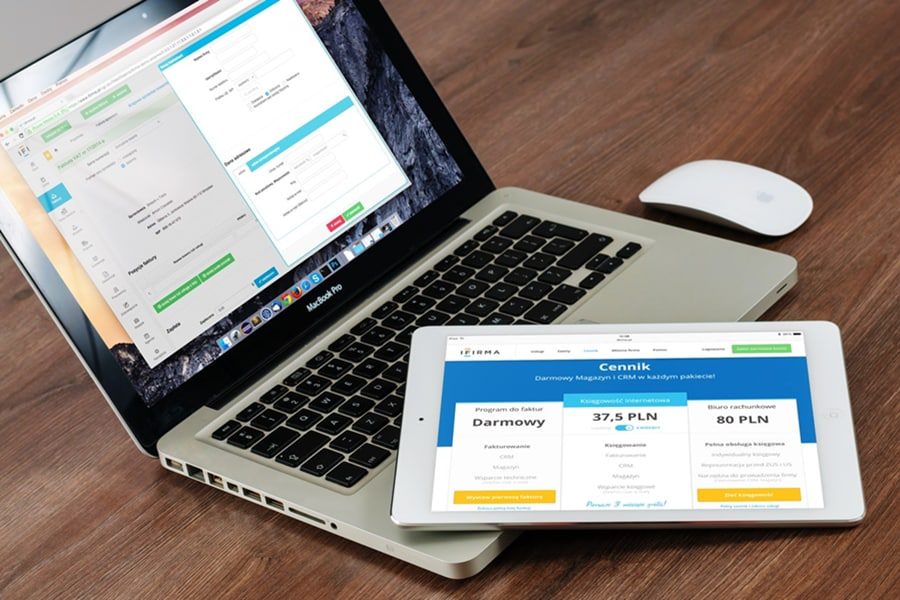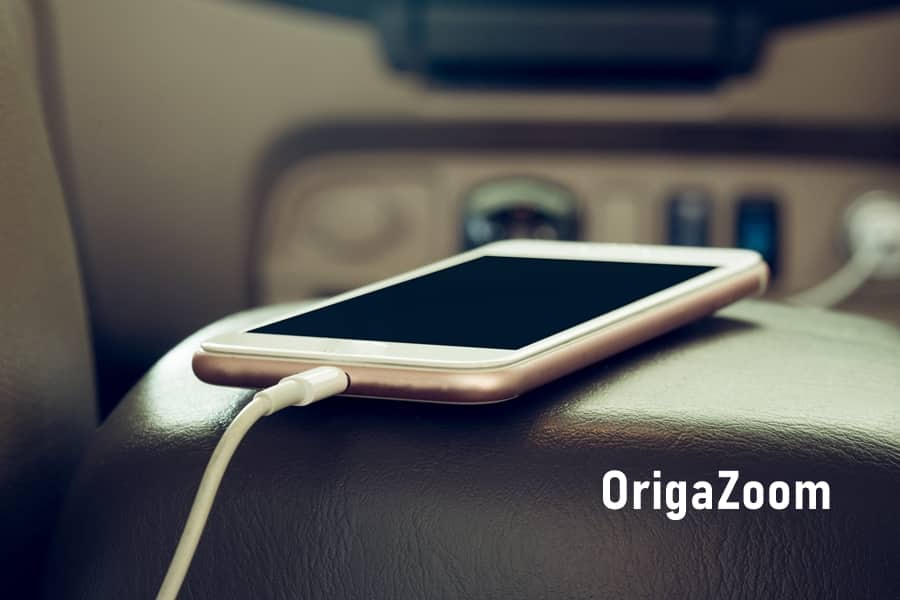Summer ends, autumn begins. I don’t know about you, but I love warmth more, cold is not for me. There is nothing to be done, nature takes its toll. For us photographers, any weather is a joy. On my blog, you could read many articles about shooting outdoors or inside a building, but there was no talk about studio shooting before. Today I want to correct this mistake and tell you about the camera settings for studio photography and working in the studio.
Saved Image Format
First of all, you need to talk about the format in which you should save the received photos. By default, all cameras are set to JPEG, however, you can reconfigure the unit to RAW or TIFF. What should we choose? For a better understanding, you should consider each format separately.
Let’s start with JPEG. This is the most successful variation for storage and transmission, but it carries less information. This will be noticeable during post-processing. You will have fewer options for correcting bugs than with RAW or TIFF. It’s definitely not worth using it in the studio, as too many details we need will be lost.
The TIFF format is analogous to JPEG; however, it saves much more information than JPEG. It also has drawbacks, the main of which is the occupied space. As a rule, its size can be several times larger than JPEG, which heavily loads the processor during saving.
RAW is the most optimal format when viewed from a studio perspective. In essence, this is a digital negative of a frame, which contains a maximum of information about the light, and the detail in it is limited only by the resolution of the matrix. This format allows you to more accurately correct the original image and achieve the highest quality image.
Obviously, our choice will fall on the RAW format. The high quality and flexible processing options allow for excellent results. However, if you have to work remotely (yes, this also happens), then you can use RAW + JPEG bundles. Thanks to this mode, we will be able to send the customer JPEG files for preview. It’s good that almost all Canon and Nikon cameras can boast of this mode.
Setting Basic Parameters
There are no difficulties in setting these parameters, but it should not be attributed to automation either. I also note that there are no strict definitions here either, but there are a number of rules that should be followed. First of all, shoot only in Manual (M) mode. Automatics are not capable of lightning-fast adapting to flash photography, if you use one.
ISO
Use the lowest ISO value allowed by your camera. Since the studio is a place with ideal lighting conditions, we don’t need to save dark areas – they simply won’t be in the frame.
In addition, at the minimum value of this parameter, the camera will produce the minimum amount of noise, which plays into our hands. The ideal figure is provided by almost all Canon and Nikon devices – 100.
Of course, you can raise this parameter if necessary. A flash meter will help to correctly determine the required number.
To use it, you need to set the minimum ISO of the camera used for shooting, bring the device as close as possible to the subject to be shot and recreate the ideal lighting conditions. The recommended value will immediately appear on its screen. If you do not have such a device, you can use the histogram, which I talked about in one of the previous articles.
Excerpt
The shutter speed should be set in the range 1 / 125-1 / 250. Why? It is with this interval of values that the shutter curtains fully open the matrix, due to which all the light from the pulsed sources falls on it.
By setting a faster shutter speed, you run the risk of getting a black band in the picture. If you set a slower shutter speed, the picture may turn out to be blurry if you for some reason refused to use the tripod.
Diaphragm
The aperture value should not go beyond f/5.6-11. Most lenses achieve maximum sharpness and detail in this range.
If your conditions are specific and you need to get a beautiful blur or, conversely, set a high depth of field (DOF), then the aperture can be tweaked, there is nothing criminal here. It should also be remembered that high aperture values are dangerous due to the appearance of coarse reflections and a decrease in the sharpness of the entire photo due to diffraction.
White Balance (WB)
This is where white balance plays an important role. The human eye can almost always accurately determine the color of an object, and it does not matter if it is under an incandescent lamp, in the shade or under natural sunlight. In all cases, objects will give a different shade, which we can easily compensate, unlike the camera.
Ideal will be the frame, looking at which there is a feeling of perfect white light. If the camera does not work correctly, the picture may get a warm or cold tint. There are several ways to fix this.
The first is by eye. Many experienced photographers do not bother with accurate determination of the color temperature in the frame. Instead, they select the most appropriate value based on their preferences and skills. With beginners, this method can play a cruel joke, because the camera screen cannot always convey the exact shade of the picture.
The second is the choice of preset white balance in the camera itself. It is also not always effective, since these modes provide for the numbers strictly defined by the manufacturer. They may differ from real indicators, but be closest to them.
The most optimal and accurate is considered to be the setting of the BB according to the “gray card” – a piece of gray material devoid of shades. It only reflects 18% of the light it receives, so it will be the reference for the camera. It is important that the parameter in question will be adjusted so that the shade is fully compensated for by the camera under the current illumination.
You can use such a map both during shooting and in post-processing. In the first case, it will be somewhat more difficult to do, but more effective. It is necessary to position the map as close as possible to the subject of the survey and make several “sighting” shots, followed by adjusting the BB until the result is perfect.
During processing, everything is made easier: the desired value is determined by the gray card, after which it is set for all pictures taken without it.
And finally. Remember to clean your camera, especially your lenses. For these cases, I always have a couple of rags and a special cleaning pencil in my bag. Such irreplaceable helpers, I bought on Amazon. The quality made me happy.
You may also like to read: Sunset Photography Tips: How to Photograph a Sunset Like A Pro?
All in all, this is all you need to know to achieve the perfect result in the studio. I hope this article was helpful to you. If so, then tell your friends about it, for sure, they will be interested to know about the parameters of the camera for studio shooting. I also advise you to subscribe to my blog, there are a lot of informative articles ahead of us.


